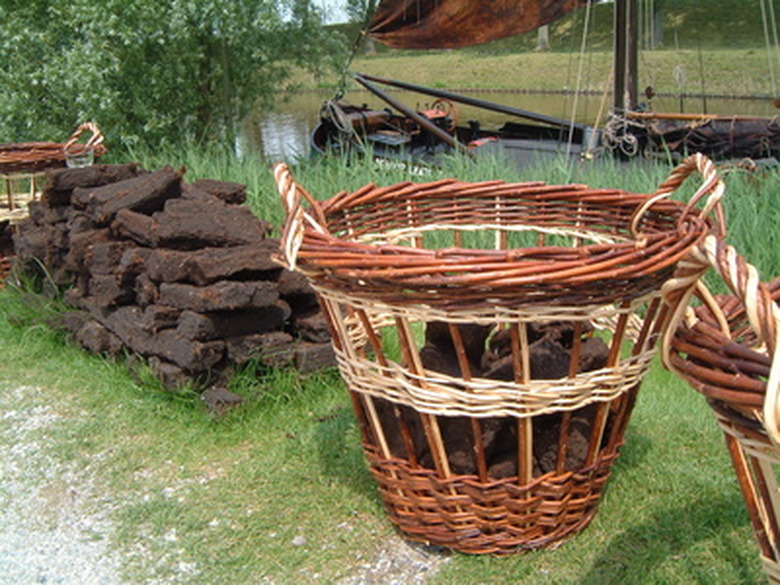Peat Moss Vs. Potting Soil
When you think of potted plants and container gardening, soil alternatives come to mind. If you were to use soil straight from your garden for your pots, it is likely that the plants will not grow as strong as the ones in your garden. It is for this reason that gardeners and plant owners select potting soils for their container plants. Where does peat moss fit into the picture? It is a component of most potting soil mixes, and it is an important ingredient in "soilless" gardening.
When you think of potted plants and container gardening, soil alternatives come to mind. If you were to use soil straight from your garden for your pots, it is likely that the plants will not grow as strong as the ones in your garden. It is for this reason that gardeners and plant owners select potting soils for their container plants. Where does peat moss fit into the picture? It is a component of most potting soil mixes, and it is an important ingredient in "soilless" gardening.
Potting Soil
From company to company, you may find slight variations in the ingredients in potting soil. The most common ingredients are peat moss, vermiculite (a natural mineral that aerates the soil), perlite (to lighten the soil), and sometimes loam and shredded tree bark. Added fertilizers and enhancements make potting soil mixtures suitable media for growing and supporting plants.
- When you think of potted plants and container gardening, soil alternatives come to mind.
- From company to company, you may find slight variations in the ingredients in potting soil.
Peat Moss
Peat moss originates from living sphagnum moss. Sphagnum moss (Sphagnum spp.) is a moss that naturally grows in wet, bog environments. The sphagnum moss grows into thick masses of bog that float on top of the water. The structure of sphagnum moss makes it highly water-absorbent, much like a sponge. Harvested sphagnum moss is allowed to dry and decompose to form a peat moss product. Peat moss is sold commercially as a soil-enhancement.
- Peat moss originates from living sphagnum moss.
- The sphagnum moss grows into thick masses of bog that float on top of the water.
Uses
Potting soil mixtures are used to support the growth of plants in pots. The mixtures are already formulated for this purpose and may require periodic enhancements as its components, including fertilizers and peat moss, break down or are absorbed by the plant.
Peat moss is used as a soil conditioner that, when mixed into soil in a garden or a container, will improve the soil's structure. Peat moss lightens heavy soils, adds weight and structure to lighter, sandier soils, helps it to retain moisture longer and improves the soil's ability to support root growth and expansion.
Differentiation
Peat moss is a base ingredient of potting soils and soilless potting mixes and is usually not a standalone product for plant growth. Potting soils have peat moss as a main ingredient and are ready to use right out of the bag.
Considerations
Concerns arise over the environmental effects of overharvesting sphagnum peat moss from its natural environment. For this reason, potting soils are prepared with alternative soil enhancements, such as coconut husks and sawdust.
- Potting soil mixtures are used to support the growth of plants in pots.
- Peat moss is used as a soil conditioner that, when mixed into soil in a garden or a container, will improve the soil's structure.
